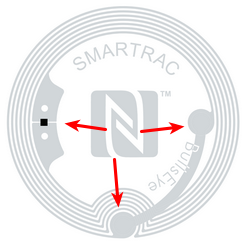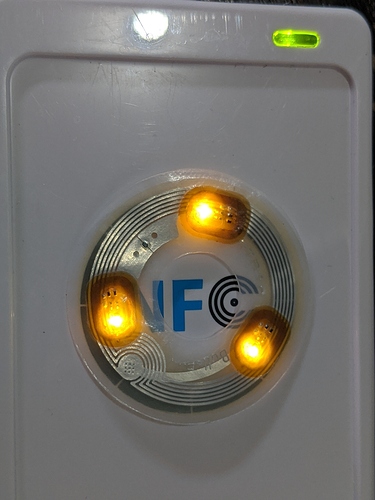If you do end up getting a NanoVNA, here’s a tutorial for how to configure it to detect implants.
I don’t want to derail this here thread. But I wonder if it has something to do with your installing it in your hand. I know another person who implanted a big flex implant at the same place and he couldn’t get rid of the edema neither (ended up getting rid of the implant itself actually).
A hand moves and changes shape a lot more than an arm. And in relation to Ottomagne’s problem, at least it’s comforting to know yours is still alive and kicking despite the amount of flexing it’s doing there.
This is so strange, because I know of someone who’s got a really big badass metal implant there (cosmetic, but pretty big) and of several people who got big silicone implants on that spot, and all with zero problems. Dunno why a thin chip like that can make so much trouble… well, maybe just because of that - it’s thin, so it’s more “aggressive” on the edges ![]()
Me neither, but I think it might be important to sort out why such things may happen - might be of use for Amal and other fellow implantees ![]()
I don’t have your experience with big implants, but yeah… trouble is right ![]()
Another update: So I was sitting around the house last night before I started putting up some holiday decorations, and for shits and giggles tried to scan my implant again with my phone. To my surprise, it picked it up quickly, and transferred the VCard successfully. When I tried to read it again, though, I couldn’t get a read, even trying to replicate the hand and distance I held my phone at.
I’m still not sure what’s going on, but I’m slightly more optimistic that the implant isn’t flat out dead or anything.
This is what’s both bothering and intriguing to me. The first time, it didn’t seem to be preempted by anything that I did, and even this go around, I didn’t hit the implant or particularly strain that part of my body. There was no accidental bumps or anything that I even perceived as painful or even mildly discomforting, so I don’t know that any damage was actually done to the chip.
Sounds like a flaky contact. Have you tried (gently) flexing it this and that way and getting a read while it’s flexed?
Tried a couple different ways, both last night and just now. My implant is actually resting in a semi-flexed state - it isn’t exactly centered on my wrist, and the edge of the disc reaches down about a third of the way down the side of my wrist, and trying both flexing it more in the same direction it wants to flex as well as trying to unflex it, push it over to be sitting flat on the wrist, flexing in the opposite direction (much to the chagrin of my body haha) don’t seem to result in any improvements.
Your description matches mine exactly. It is forced into a semi potato-chip-like shape permanently by my wrist, but it doesn’t change curvature at all when I rotate my wrist. It does change shape when I push on it, but that may be particular to mine, which doesn’t have the solid FlexEM in the middle.
Do you know where the chip and the crossover bridge are located exactly? Those are the weak points I think. If a connection has delaminated, it must be at one of those three points. If you know where they are, you could try pressing down on them with your thumb while you’re trying to get a read.
Also, do you know if the blinkies cover one of those three weak spots?
Mine also flexes if I poke it, even with the flexEM in there. Unfortunately, I wasn’t particular with the placement of my LEDs or anything, so I’m not positive on the exact placement of the chip/crossover bridge. However…
I have a picture of the implant preimplant up in my original write up, so from what I can see in that picture, it looks like there is a blinkie on top of the east end of the implant on the crossover bridge. I could probably use that to try and strategically apply pressure to try and get a read, though my initial half-hearted attempts just now didn’t yield any results.
Yeah, same as mine. Amal probably tried to place the chip proper between two blinkies, which naturally leads to the third covering the connection across the tag on the other side.
I kept track of the orientation from day one (and asked my installer to orient it that way) because I wanted the chip to be over a bone, to limit flexion there as much as possible. The implant rotated back and forth quite a few times before settling down, but it’s more or less where I wanted it to be, on top of my radius.
Just to add in the recent post about the failure.
I’m facing this issue myself starting today.
Made this post about it


